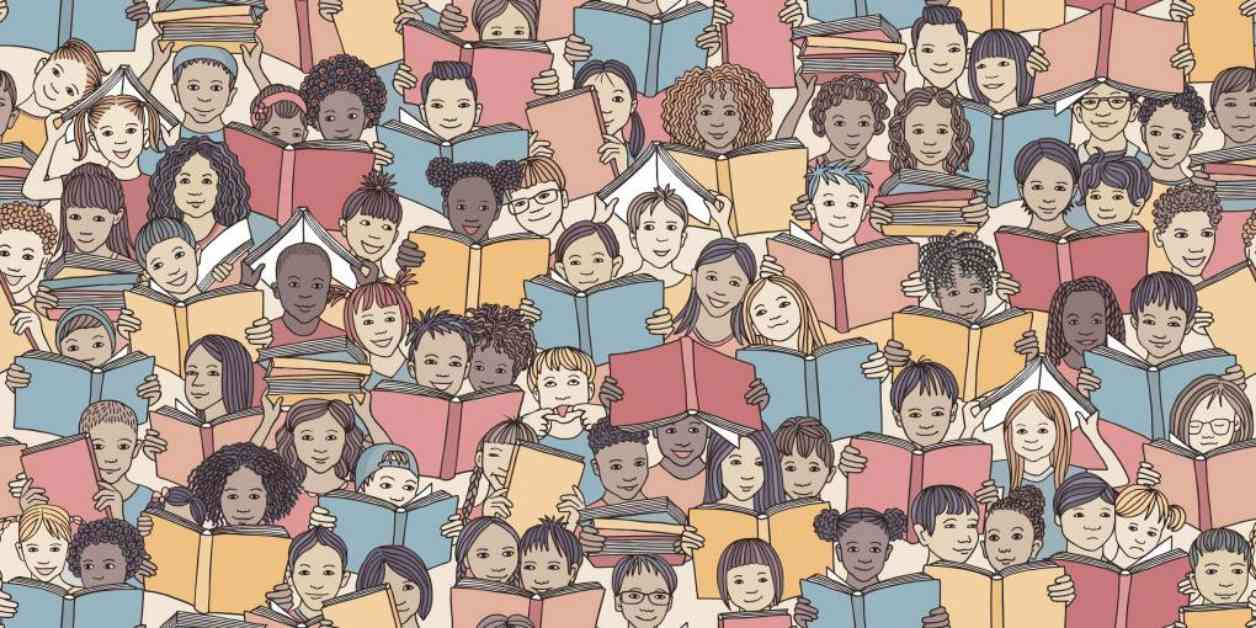Dawnavyn James, a dedicated elementary school educator specializing in Black history, recently experienced a pivotal moment in her teaching career. During a class discussion, one of her students innocently asked, “Did people see in black and white a long time ago?” This simple question shed light on a profound realization for James – that young students often view historical figures from the Civil Rights Movement as distant, monochromatic figures rather than vibrant, relatable individuals. This moment prompted James to reevaluate her teaching methods and strive for a more immersive, engaging approach to Black history education.
At the 2024 Teaching Black History Conference, James emphasized the importance of fostering a year-round engagement with Black history among students. She stressed the significance of showcasing historical figures as whole, multi-dimensional individuals rather than reducing them to single events or moments in history. By incorporating color photographs of iconic figures like Rosa Parks and Martin Luther King Jr., James aimed to humanize these legends and make their stories more relatable to elementary students. In her book, “Beyond February: Teaching Black History Any Day, Every Day, and All Year Long,” James explores innovative strategies for bringing Black history to life in the classroom.
Teach about Whole People
James advocates for teaching students about historical figures in their entirety, beyond just their most famous actions. For instance, while Rosa Parks is commonly known for her pivotal role in the Montgomery Bus Boycott, James goes a step further by sharing photos of Parks in everyday moments, such as her birthday party. By providing a more comprehensive view of these figures, James helps students see them as complete individuals with complex lives and emotions. Additionally, she emphasizes the importance of placing historical figures within the context of their time, showcasing their interconnectedness with other prominent individuals and movements. By expanding the narrative and demonstrating these connections, James aims to bridge the gap between past and present for her students.
Expand Beyond Your Curriculum
One of James’ key strategies for enriching Black history education is to go beyond the standard curriculum and introduce lesser-known figures to students. By incorporating diverse voices and stories into the classroom, educators can provide a more inclusive and comprehensive view of history. James recommends resources like “ABCs of Black History” by Rio Cortez, which features a wide range of Black historical figures across various fields. She encourages teachers to create “powerful people sets” that group together figures who share common themes, sparking curiosity and exploration among students. By introducing students to lesser-known but impactful individuals like Charles Henry Turner, educators can broaden their understanding of Black history and inspire a deeper appreciation for diverse contributions.
Teach the Truth
James underscores the importance of teaching the full truth about historical events and figures, rather than perpetuating false or incomplete narratives. Drawing from her own experiences, James highlights the need to challenge conventional portrayals of groups like the Black Panthers and cowboys in American history. By incorporating diverse perspectives and voices, educators can offer a more nuanced and accurate view of the past. James recommends resources like “Recipes of Change” by Michael Platt, which explores the culinary and community contributions of the Black Panthers. By introducing students to lesser-known figures like Angela Davis and Mary Fields, educators can shed light on overlooked aspects of history and combat erasure.
In conclusion, Dawnavyn James’ innovative approach to teaching Black history offers a roadmap for educators looking to inspire curiosity, empathy, and critical thinking in their students. By showcasing historical figures as whole people, expanding beyond the standard curriculum, and teaching the truth about marginalized voices, educators can create a more inclusive and engaging learning environment. Through these strategies, James invites educators to rethink their approach to Black history education and foster a deeper connection between students and the diverse stories that shape our world.
